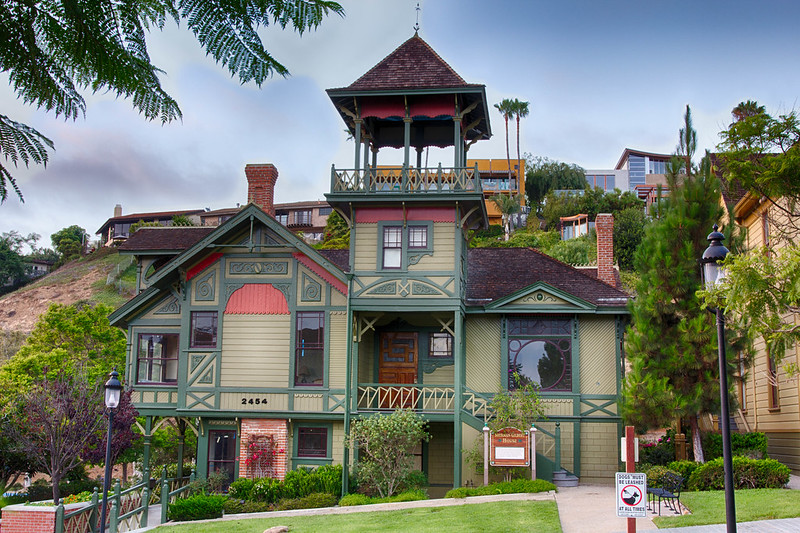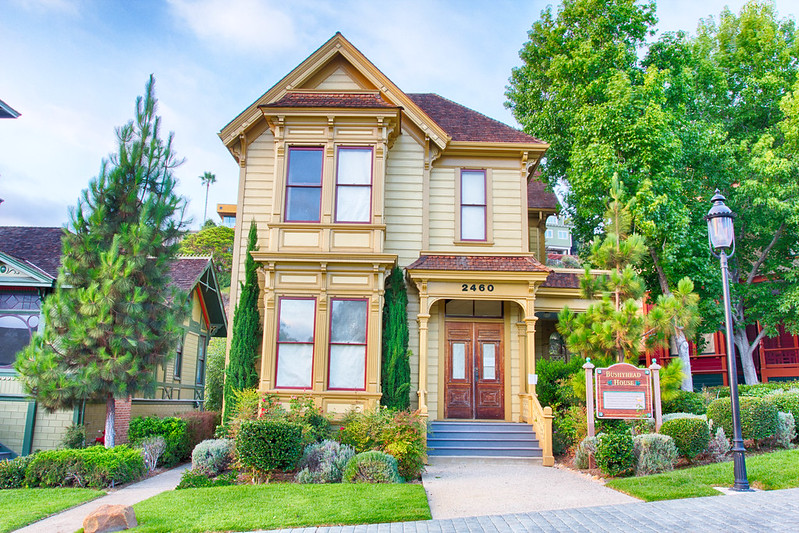Parties in real estate lawsuits in California can enter formal settlement agreements, which become enforceable by the court under Code of Civ. Proc. Section 664.6. A judgment may be entered, but the court retains jurisdiction to enforce the agreement without the necessity of filing a new lawsuit. The trial court is under a duty to render a judgment that is in exact conformity with an agreement or stipulation of the parties. If interpretation of a stipulation is in order the rules applied are those applied to the interpretation of contracts; but nothing in section 664.6 authorizes a judge to create the material terms of a settlement, as opposed to deciding what terms the parties themselves have previously agreed upon. In a recent decision from San Diego the parties, adjoining property owners, entered a settlement agreement but continued fighting afterwards. The Court, on entering the judgment, tried to adjust to what had happened in the interim, varying the judgment from the terms of the agreement. The court of appeal said no dice and reversed the judgment.
 Machado v. Myers was a dispute between neighbors whose homes sit on adjacent lots that were once part of a single parcel which, when subdivided, did not account for a five-foot setback for a part of one home now owned by Appellants. The parties entered a Settlement Agreement at the settlement conference on the eve of trial – terms of the agreement set out below. They did not initially have a judgment entered.
Machado v. Myers was a dispute between neighbors whose homes sit on adjacent lots that were once part of a single parcel which, when subdivided, did not account for a five-foot setback for a part of one home now owned by Appellants. The parties entered a Settlement Agreement at the settlement conference on the eve of trial – terms of the agreement set out below. They did not initially have a judgment entered.
The initial problem in the case was with the first requirement of the settlement agreement: 1(a): [Appellants] will move the [air conditioning] unit from its current location to a location that is not on the east side of their property, north of the current back door, or the north side of their property. Machado claimed they did not move it.
 Machado moved to compel compliance. And the court agreed. However, it did not require entry of a judgment at that time. More fighting occurred, and Machado submitted a proposed judgment which the court signed. However, this judgment omitted a provision in the settlement regarding a license agreement allowing appellants to use plaintiff’s property near the moved air conditioner unit. Appellant argued this omission was appropriate as the plaintiff’s breach excused the performance. This appeal followed to vacate the judgment as not conforming to the settlement agreement.
Machado moved to compel compliance. And the court agreed. However, it did not require entry of a judgment at that time. More fighting occurred, and Machado submitted a proposed judgment which the court signed. However, this judgment omitted a provision in the settlement regarding a license agreement allowing appellants to use plaintiff’s property near the moved air conditioner unit. Appellant argued this omission was appropriate as the plaintiff’s breach excused the performance. This appeal followed to vacate the judgment as not conforming to the settlement agreement.
The court first looked at granting the motion pursuant to section 664.6. Section 664.6 provides: “If parties to pending litigation stipulate, in a writing signed by the parties outside the presence of the court or orally before the court, for settlement of the case, or part thereof, the court, upon motion, may enter judgment pursuant to the terms of the settlement. This statute is not the exclusive method to enforce a settlement, but it requires only one motion.
 The problem was that the judgment that was entered was not consistent with the settlement terms. The
The problem was that the judgment that was entered was not consistent with the settlement terms. The
judgment entered omitted any reference to the parties’ obligation to enter a license agreement. In addition, the judgment entered omitted the Machados’ obligation to remove certain solar panels and other terms. Because it this, it did not conform to section 664.6 requirement that allows for entry of judgment “pursuant to the terms of the settlement.” Thus the Judgment was reversed.
Another argument was made that Appellants failed to object to entry of the judgment, and thus forfeited their right to object on appeal. Cal. Rules of Court, rule 3.1590(j) gives a party 10 days to object to a proposed judgment. However, the trial court erred and entered the judgment after only seven days from its submission.
TERMS OF THE SETTLEMENT AGREEMENT
“Number 1: [Air conditioning] unit on [Appellants’] property.
“1(a): [Appellants] will move the [air conditioning] unit from its current location to a location that is not on the east side of their property, north of the current back door, or the north side of their property.
*2 “1(b): [Appellants] shall refrain from installing/operating other mechanical equipment in that area.
“1(c): The [Appellants] will move the [air conditioning] unit within 45 days at [Appellants’] expense.
“Number 2[:] Brazilian pepper trees.
“2(a): [Appellants] agree to remove the subject Brazilian pepper trees within 45 days at their expense.
[¶] … [¶]
“Number 4: Solar panels. [¶] Plaintiffs shall remove the existing solar panels on their duplex roof within 30 days at their expense.
“Number 5: Fence.
[¶] … [¶]
“5(b): Fence near [air conditioning] unit:
“5(b)(i): This fence shall remain in its present location pursuant to the License Agreement stated below.
“5(b)(ii): As part of plaintiffs’ construction of the concrete block fence, plaintiffs will extend the wood fence to the location of the new block wall.
“5(b)(iii): The fence in this location is the property of the plaintiffs; however, [Appellants’] facing shall remain.
“Number 6: Surveillance Cameras: [¶] The [Appellants] agree to relocate the security cameras within 30 days at their expense in a manner so as not to give the appearance of pointing into the plaintiffs’ property.
“Number 7: License Agreement:
“7(a): Plaintiffs and [Appellants] will enter into a License Agreement that the parties will record with the County and that will run with the land.
“7(a)(i): The License Agreement will allow [Appellants] and their successors to use plaintiffs’ property near the current location of the [air conditioning] unit.
“7(a)(i)(1): The parties will attach a survey and legal description to the License Agreement in order to accurately show the subject area.
“7(a)(i)(2): Other than the current facing, [Appellants] shall refrain from attaching anything further to the existing fence.
“7(a)(i)(3): The License Agreement shall contain a mediation provision in connection with future disputes.
“7(a)(ii): The License Agreement will be revocable upon certain conditions[:] [ (]Counsel will meet and confer on these terms and others regarding revocability[.) ]
“7(a)(ii)(1): In the event [Appellants] or their successors install mechanical equipment in the subject area.
“7(a)(ii)(2): In the event [Appellants’] residence is demolished, improved, et cetera.
“7(a)(ii)(3): If City forces owner of [Appellants’] residence to remove the encroaching structure or conform with City setback requirements.
“And these are all things that counsel will meet and confer on as we prepare the License[ ] Agreement.
“7(a)(ii)(4)[:] other conditions that the counsel and the parties will meet and confer on in preparing the License Agreement.
“7(a)(ii)(5)[:] standard terms and conditions will be included.
“Number 8: The [Appellants’] payment to plaintiffs.
“8(a): [Appellants], through their insurance carrier, shall make payment to plaintiffs in the amount of $7500 within 30 days.
“Number 9: Upon completion of the settlement terms:
“9(a)[:] Machados, plaintiffs, will dismiss their First Amended Complaint with prejudice within 30 days upon execution of the settlement agreement.
“[9](b)[:] The parties will mutually release one another from all further claims regarding any of the currently existing conditions on the property.
*3 [¶] … [¶]
“9(f)[:] [E]ach attorney [sic] shall bear its own attorney’s fees and costs.
“9(g)[:] The court shall retain jurisdiction under 664.6 to enforce the terms of the settlement agreement.”
PHOTOS:
flickr.com/photos/40129895@N03/49161987847/sizes/c/
flickr.com/photos/photos_by_clark/13459411074/sizes/c/

 California Real Estate Lawyers Blog
California Real Estate Lawyers Blog

